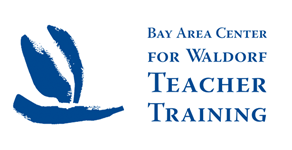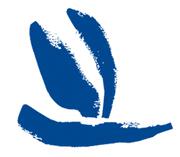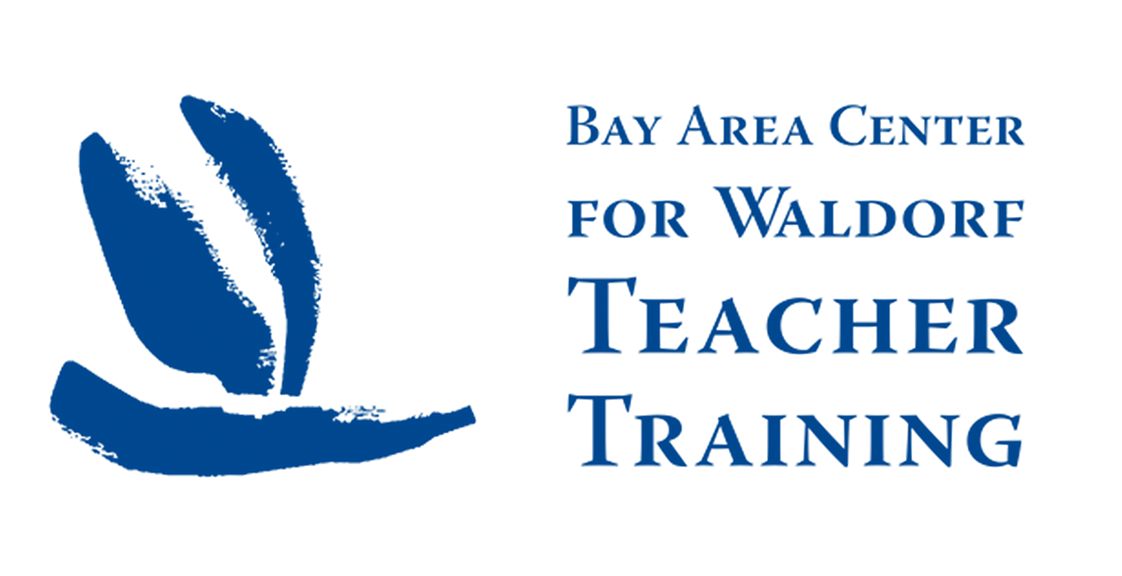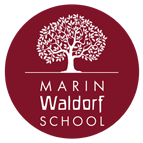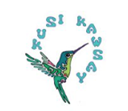In preparation for our Waldorf Teachers Conference in February, we would like to share with you a series of articles that Michael Howard is writing to open the space and begin the process of engagement with the conference theme. Our hope is that this preparation time will allow us to pick up the themes more quickly at the conference and go more deeply during our time working together. We hope that you can sense that what Michael is bringing is very relevant at this time and will support the process of recalibrating our “Waldorf compasses” to meet the challenges of the 2020s and the future of Waldorf education. Ideally, these articles will spark questions and ideas, and encourage discussion in faculty meetings over the next 6 weeks.

Introduction
It is worth noting that the beginning of the second one hundred years of Waldorf education coincided with the beginning of the Covid pandemic. These two events are very different in nature but both raise the question: how will Waldorf education develop into the future? While Covid has thrust upon us the need to adapt to the demands of the short-term future, the 100th anniversary challenges us to envision the long-term future of Waldorf education. While the pandemic was not anticipated, many teachers have sensed for some time that Waldorf education needs to take a step in its development to remain viable for another 100 years and beyond.
Although I have taught both lower and high school art, as well as teach in Waldorf teacher training programs for several decades, I do not consider myself a Waldorf teacher. I have too much admiration and respect for all that Waldorf teachers do each day with their students year after year to feel I have earned the right to call myself a Waldorf teacher. And my respect turns to awe when I try to imagine the inner and outer challenges teachers have faced these last couple of years—not just with the pandemic but also with other issues related to diversity, equality and inclusion.
My calling has been that of an artist who happens to have taught in Waldorf schools and Waldorf training centers. I am not a teacher’s teacher who can speak as one Waldorf teacher to another about child development, the curriculum, class management, let alone how to meet the challenges of the present.
And yet, there are things on my heart and mind that seem relevant to both the short and long term future of Waldorf education. For me to speak authentically and effectively, I must speak as an artist. Since we know education is an art, we can speak artist to artist. Additionally, insofar as educators and artists are both active within the cultural sphere, we are in that sense, fellow ‘cultural workers’. But I would also like to introduce the idea that we are ‘cultural activists’.
As colleagues within the cultural sphere, it seems appropriate that from time to time we reflect upon the present state of cultural life in order to envision where human culture is headed into the future. As cultural activists—not to be confused with political activists–we will not rest with envisioning the future; we will seek ways to shape and indeed metamorphose our current culture towards what we conceive as our human future. Most people think the future unfolds more through random forces than our conscious efforts. However, at this juncture in human history, our future is more in our own hands than we might imagine as Rudolf Steiner indicates in the following excerpt:
The angels are forming images in our astral body, and they do so under the direction of the spirits of form…Without these images we could not develop toward a future that is in line with the intentions of the spirits of form…they want to generate images in our astral body that will lead to specific social conditions and structures for the human society of the future…The angels are working on our ideals for the future…
Rudolf Steiner, What Does the Angel Do in Our Astral Body, October 9,1918
Today, ideals are easily dismissed as unrealistic. Speaking from personal experience, I have learned the hard way that ideals are indeed unrealistic if I expect them to be fully realized as a given, or with minimal effort and time. However, working to realize ideals is precisely what I do as a painter and sculpture. Ideals are the lifeblood of my creative activity, but typically, it takes weeks, months, and even years to bring those ideals to fruition in my paintings and sculptures. That life experience allows me to regard working for decades, a lifetime or even multiple lifetimes as a realistic timeframe for realizing my deepest personal and social ideals. For that reason, I take my own ideals, and those of others quite seriously because I know they are the seeds of will that shape our individual and collective future.
To stimulate and sustain us in this long and hard work, we can be grateful to individuals like Rudolf Steiner who offer us the gift of affirming our ideals by describing, at least in outline, significant features of our human future. The following picture is a kind of meditation for me that I return to again and again:
The whole purpose of spiritual science is to prepare…for the sixth epoch of culture…
In our epoch it is the consciousness or spiritual soul that has developed in us through our ordinary civilization and culture. Beginning with the fourteenth, fifteenth and sixteenth centuries, science and materialistic consciousness have laid hold of the human being. This will gradually become more widespread, until by the end of the fifth epoch its development will have been completed. In the sixth epoch, however, it is the spirit self that must be developed within the souls of human beings, just as now the consciousness soul is being developed. The nature of spirit self is that it must pre-suppose the existence in human souls of the three characteristics of which I have spoken: social life in which brotherliness prevails, freedom of thought, and spirit knowing. These three characteristics are essential in a community of human beings within which the spirit self is to develop as the consciousness soul develops in the souls of the fifth epoch…
Rudolf Steiner, Preparing for the Sixth Epoch, p. 3-8
I would like to elaborate upon these three attributes of brotherhood, freedom of thought and spirit knowing in three additional short articles, as well as the 3-day Teacher’s conference in February, 2022. Entering into these three attributes more fully offers us a fresh approach to the underlying ideals of Waldorf education that can inspire us in meeting the immediate challenges of the present as well as sustain our creative will for the long term cultural metamorphosis that Waldorf education is intended to serve.
The first article and presentation will focus on spirit knowing. This will prepare the way
for what follows by looking at two different ways of knowing: the more familiar scientific way of knowing and the less recognized but no less vital artistic way of knowing. This is crucial to considering how human culture can expand the scope of what humankind regards as real by developing the faculties to know soul spiritual realities as we presently know physical realities.
The second article and presentation will dwell upon freedom of thought. We will look at two ways of being our self by making the distinction between our personality and our individuality. We will clarify how our personality is mostly a given while our individuality depends on the development of inner freedom. We will approach the mystery of our self as a work of art, as well as the artist of our self. The key to this mystery lies in cultivating our inherent artistic capacities.
The third article and presentation will look at social life in which brotherliness prevails. This brings us to the challenges of living and working in community where we must reconcile our inherent need to be our self with the need to live in harmony with others quite different from ourselves. We will consider how the social capacities of empathy and compassion are essentially artistic capacities. This prepares us to see that the social art of the future will depend on metamorphosing community founded on commonality into community founded on individuality.
To help us appreciate the intimate relationship between art and education in developing these three key human attributes, I will round off this introduction with two additional imaginations from Rudolf Steiner.
The first is a puzzling statement that Karl Ege refers to it in his book, An Evident Need of Our Times, p. 40:
With regard to the accelerating influence of scientific technology and academic sterility upon education, Rudolf Steiner pointed out, shortly before his death, that for the future of the new school movement it would be of great importance to turn the rudder 180 degrees in the direction of the artistic and practical.
An Evident Need of Our Times by Karl Ege p. 40
The second passage points to a practical way the rudder of education, and by implication, the rudder of human culture and civilization altogether can be turned towards the artistic:
All instruction must (therefore) be permeated by art, by human individuality, for of more value than any thought-out curriculum is the individuality of the teacher and educator. It is individuality that must work in the school…Through study we cannot become teachers. We cannot drill others into being teachers, because each one of us is already a teacher. Every human being is a teacher, but he is sleeping and must be awakened, and Art is the awakener…
Rudolf Steiner, The Younger Generation, Lecture 11, p. 142-5
In the articles that follow, I will address the practical question of how art awakens individuality, and how that, in turn, is central to developing community, inner freedom and the capacity to know the spiritual.

Michael Howard is a freelance artist, writer and teacher living in Amherst, MA. He studied sculpture at the Ontario College of Art in Toronto and met the work of Rudolf Steiner in 1969 when he attended Emerson College in England. He has a BFA from Eastern Michigan University, and a M.A. in Fine Arts from Columbia Pacific University in CA. His artistic work explores the qualitative language of form as a vehicle for making visible speech, visible music and the living laws of metamorphosis. His books include: Art as Spiritual Activity, Rudolf Steiner’s Contribution to the Visual Arts, Educating the Will, Mesonyms, Artistic Feeling and Meditation, Seeds of Metamorphosis, and Schiller’s Aesthetic Letters: A Free Rendering. His website is: livingformstudio.org
